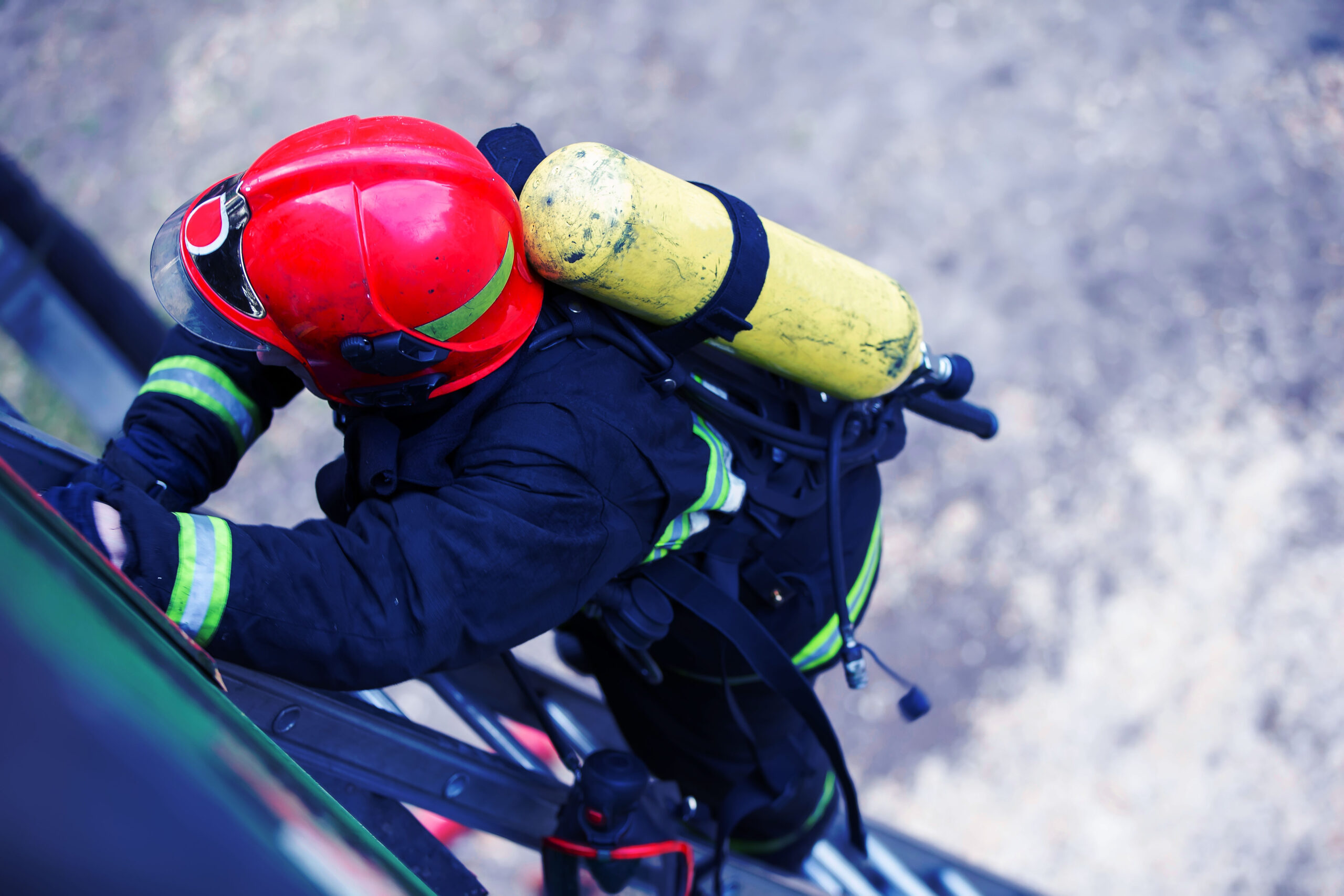Criteria Of Respirators Selection:
- Respiratory Protective Equipment (RPE) well understanding depends on the situation and should be made only by a competent person familiar with the working conditions and limitations of RPE.
- If the risk assessment concludes that control of personal exposure is inadequate, employers must introduce preventative or control measures. If control of exposure is still deemed inadequate after the measures have been introduced, RPE may be used as the last resort.
- If the risk assessment recommends RPE to be worn, and once the workplace contaminants and their concentrations have been identified, thus start select appropriate RPE device.

What Is RPE?
RPE is a particular type of PPE. It is designed to protect the wearer against inhalation of hazardous substances in the workplace air.
RPE is divided into two MAIN types:
- Respirator (filtering device):
A range of different types of air-purifying respirators (APRs) include dust masks, half mask respirators, full face mask respirators and powered (fan assisted) respirators. Where filters are used to remove the contaminants in the workplace air. - Breathing Apparatus (BA):
A range of different types of supplied-air respirators (SARs) include fresh air hose, airline, and demand valve; use an independent supply of breathing quality air, for example an air cylinder or compressor. Powered air purifying respirators, air supply systems (SAR) and self-containing breathing apparatus are all positive pressure devices. The pressure on the inside of the respiratory inlet exceeds the ambient air pressure outside the respirator.
Generally, positive pressure devices are used for more hazardous exposures.
Selection Of Respiratory Protective Equipment
The correct selection of appropriate RPE for the task undertaken is one of the most important measures in the RPE development process.
Using incorrect RPE can potentially lead to workplace fatalities, in areas of low oxygen concentration or confined spaces for example.
There are four separate areas that need to be considered when selecting RPE, which you may need to discuss with your equipment supplier:
- Identify Respiratory Hazards
- Identify the Contaminants Effect on Workers
- Select the appropriate RPE
- Train in Use, Care and Maintenance
Summary Of Types And Classes Of RPE:
Air-Purifying Respirators (APRs)
Supplied-Air Respirators (SARs).

Disposable Respirator

Half-Face Mask

Full Face Mask

Powered Air-Purifying

Self-Contained Breathing Apparatus SCBA

Continuous Air Supply System

Compressed Air Supply System
